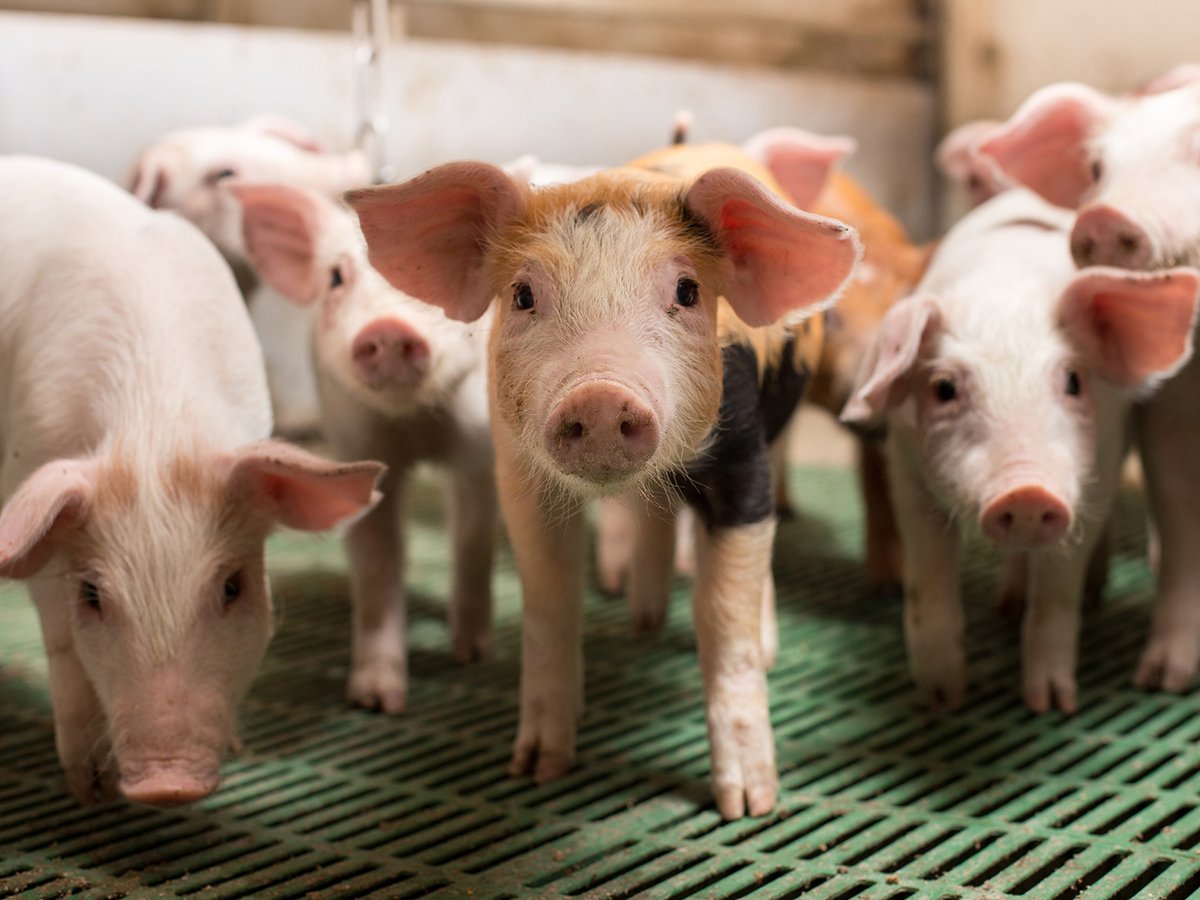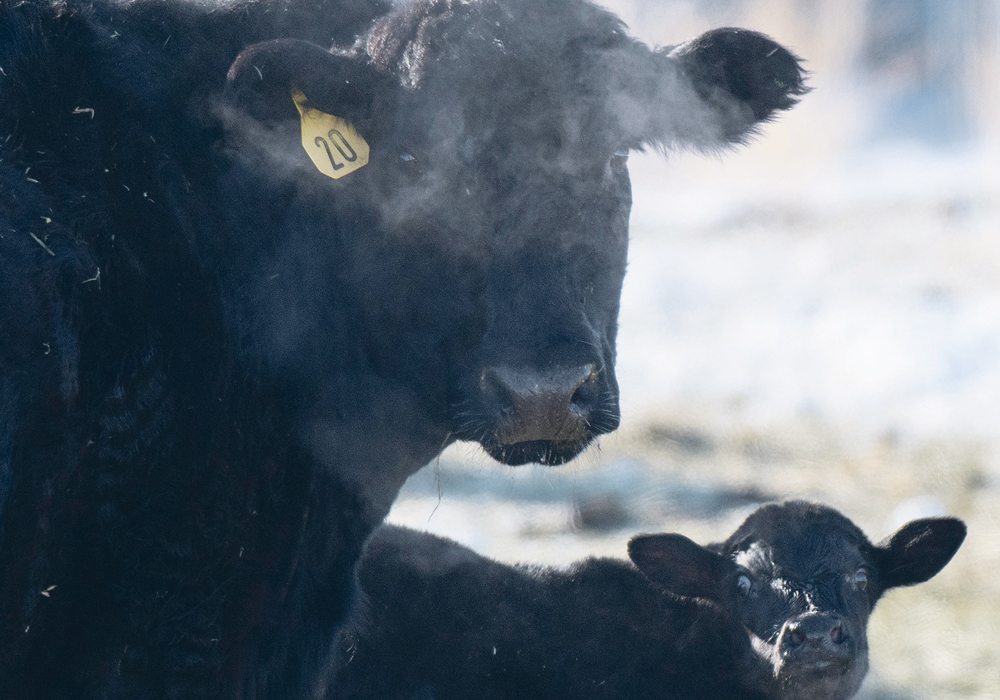The American beef sector says it will lose ground by not being part of the new Trans-Pacific Partnership agreement
HOUSTON, Texas — U.S. beef and pork exports were worth a record $14 billion last year, but trade disputes and regulations could diminish inroads made into foreign markets.
Outside of Canada and Mexico, Asia offers huge opportunities because those markets accept products that are not commonly consumed in North America.
The top markets for American beef and pork in value and volume are Japan, South Korea, Mexico, China and Canada.
Japan is the jewel in the crown as the United States’ best beef and pork customer.
Read Also

The Western Producer Livestock Report – October 9, 2025
Western Producer Livestock Report for October 9, 2025. See U.S. & Canadian hog prices, Canadian bison & lamb market data and sales insights.
Without membership in the Trans-Pacific Partnership, the U.S. must pay considerably higher duties compared to the 11 members who signed the new agreement earlier this year, said Dan Halstrom, president of the U.S. Meat Export Federation (USMEF). The federation is a non-profit organization that promotes meat sales internationally and has operated for more than 40 years in 18 regions around the world.
“Under the TPP we had the perfect scenario negotiated where at the time of implementation of TPP we would have gone to par with Australia,” he said at the International Livestock Congress held in Houston Feb. 28-March 1.
Australia is a member of the TPP, but it already has a free trade agreement with Japan.
The normal inbound duty is 38.5 percent for all imported beef, while Australia pays 27 percent. That is going to come down every year until it reaches nine percent. The same reduction was offered to all TPP members.
Pork sausage duties are 10 percent going to Japan and will be zero under the TPP.
If sabre rattling continues over the future of the North American Free Trade Agreement and the pact ends, new tariffs could be imposed by Canada and Mexico.
Trade with Canada and Mexico amounted to $4.1 billion last year. Mexico imported $1.8 billion worth of beef and $2.3 billion worth of pork.
Probably half of U.S. hams are exported to Mexico, which also takes products such as beef rounds, skirts, tongues and lips. About 80 percent of beef lips go to Mexico each year, where they are worth about $4 a pound.
If NAFTA fails it will have a major impact on shipments of beef and pork to Canada and Mexico.
Mexican tariffs on pork could be 20 percent for most items and 20 to 25 percent on beef. Canada has no duty on pork but charges 26 percent on beef.
“You will see a devaluation over night, depending on what kind of duty they put on in Mexico and Canada, especially on the end cuts,” he said.
“The end cuts on the beef side scares the heck out of me if something happens to NAFTA.”
The agreement needs updating to adopt online business and e-commerce and resolve issues in some other sectors.
“Let’s not renegotiate at the expense of agriculture because it works for agriculture, especially on beef and pork,” he said.
The U.S. needs exports.
There could be record beef production in 2018, while pork and chicken have established records for the last three years.
“Domestic consumption is increasing (and) international business is increasing so this is a pretty good recipe to add value to the production chain back to the feedlot guy, back to the cow-calf guy,” he said.
The total value of beef exports was$286.38 per head in 2017 for export. Exports add $53.47 to the value of each hog sold.
When the U.S. was forced out of the market in 2003 after the discovery of BSE, world trade continued without it.
“We have issues that come up that are out of our control ,but the supply and demand dynamics in the world never changed,” Halstrom said.
“The reality is North America and South America have the supply and the world is growing and the demand is growing.”
While some established markets are in jeopardy, exporters are working to get more beef and pork into China, said Joel Haggard of the USMEF.
China is the world’s largest importer of beef, pork, lamb and dairy products.
It is a fastidious customer, and since the U.S. regained access last year, it is selling five to 10 containers a week to China, while 115 containers a month go to Hong Kong.
The federation was active in China in 2003 and had 66 percent of the market share, but now it is about one percent.
“We have made the initial beach landing for U.S. beef in China, but it has not been easy,” said Haggard.
China stipulates no growth hormones, no beta agonists, beef from cattle younger than 30 months, full traceability and bilingual labelling.
Five thousand to 6,000 American cattle per week are eligible for China right now out of a fed cattle slaughter of 400,000 per week.
China is the number one destination for beef from Argentina, Uruguay and Brazil.
Australia is also a firmly established competitor and has a trade agreement and pays below the 24 percent tariff on beef charged to everyone else.
New Zealand had the first free trade agreement and is at zero duties and pays a value added tax.
“Australia dominates the beef marketing space,” Haggard said.
“They do an excellent job.”
Australia has been marketing aggressively for years and stepped in when the U.S. and Canada were shut out because of BSE. Australia has built sound relationships with Asian nations and is keen to meet their requirements.
“For us, Australian meat is a target, but there is a lot of work to be done,” he said.
“China has investments in the Australian beef sector.”
Australia is also shipping live cattle to China, but the number is small because of considerable regulations.
China faced a number of food safety scandals in the past and now over-regulates, said Haggard.
“It seems every week there is some kind of new requirement.”
Did you know?
- Canada exported about 7,800 tonnes of beef to China in 2017, a 34 percent improvement over 2016, and 21,618 tonnes to Hong Kong, which is down slightly.
- Mexico received 17,105 tonnes, a five percent improvement over 2016.
- By contrast, the U.S. accepted 289,305 tonnes of Canadian beef.
















